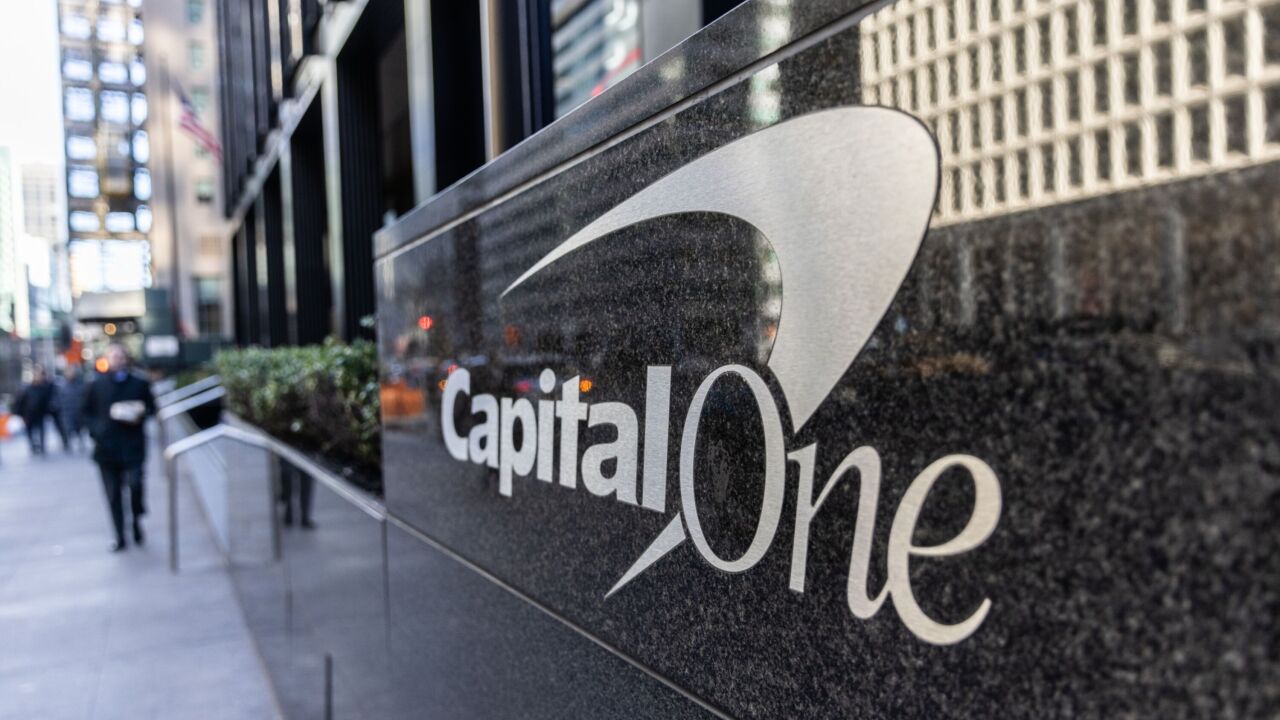As the U.S. plays catch-up in contactless card adoption and biometric cards gain momentum, Mastercard senses an opportunity in the convergence.
Combined with the "war on cash" by retailers and governments, it adds another incentive for rapid contactless adoption.
“The big push is go contactless and we’re perfecting" at-home biometric enrollment, stated Bob Reany, executive vice president of identity solutions at Mastercard.

Mastercard is not alone.
The moves signal a shift in the U.S. market where some were predicting
Similarly, biometric card pilots continue to be announced or launched seemingly almost every quarter with Mastercard at the heart of many of them. In 2017, the company unveiled its next-generation biometric card when it concluded two separate trials with Pick n Pay, a leading supermarket retailer in South Africa, and Absa Bank, a subsidiary of Barclays Africa.
As the world readily adopts contactless and banks test biometrics in preparation for a global push, the real question is where does it leave cash at the checkout lane?
While merchants such as
“Contactless cards are a great way to drive cash out, especially for lower-value transactions. Both consumers and merchants like the speed, and unlike mobile wallets, the change in customer behavior is minimal — they are still using a card, just now tapping rather than inserting" or swiping, said Zilvinas Bareisis, a senior analyst at Celent.
While the Intesa Sanpaolo pilot is not using
“Remote enrollment doesn’t push for a central depository of biometrics. It keeps the biometric in control of the consumer,” Reany said. On the issue of visiting a branch to enroll, he said, “It’s not practical for people to go to a branch.”
While Mastercard rival
In May, Mastercard announced its road map for contactless payments consistency across the Middle East, Africa, Europe, Latin America and Asia Pacific. It’s an initiative to create greater payment consistency that will make contactless payments standard in the next five years. In the road map, Mastercard has established a road map that calls out the following requirements for the aforementioned regions: 1) October 2018 all new acceptance terminals will have EMV chip and contactless enabled; 2) April 2019 all new cards will have EMV chip and contactless technology; and 3) April 2023 all merchant terminals will be EMV chip and contactless enabled.
While the world embarks on a contactless “tap and go” journey, with U.S. issuers closely monitoring the situation, biometrics could be the key that finally propels the U.S. market into contactless cards.
Issuers in the U.S. are still considering the merit of contactless cards, given that they are slightly more expensive than regular EMV cards. Biometrics would add even more to the cost of the card itself and would require a new process of secure biometric enrollment, Bareisis said.
That’s where Mastercard’s kit could drive biometric contactless adoption, since consumers could self-enroll in the comfort of their own homes at any time of day. A biometric as an in-store authentication method relieves consumers from having to remember a PIN that could become compromised and eventually need to be changed. Mastercard’s biometric technology, coupled with home enrollment, could ultimately cause contactless cards to become mainstream in the U.S.





